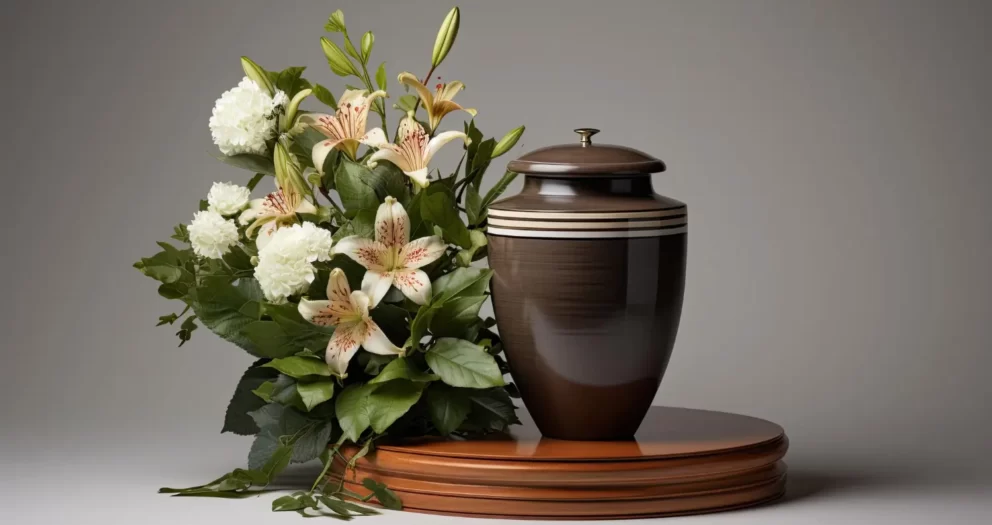Upon receiving the cremated remains of your loved one, there are several considerations and steps you may wish to follow:
- Inspect the Packaging: Ensure that the ashes are securely packaged and labeled. Some crematories provide the ashes in a plastic bag within a temporary container. Check for any identification tags or paperwork that accompany the ashes.
- Choose a Temporary or Permanent Urn: If you have not yet purchased an urn, the crematorium will typically provide a basic container. Determine if you want this to be the final resting place or if you will transfer the ashes to a more personalized urn later.
- Transfer the Ashes (if necessary): If you’ve chosen a new urn, carefully transfer the ashes from the temporary container. Some families hire professionals to ensure this is done respectfully and to avoid spillage. Always treat the ashes with respect and care during this process.
- Decide on a Location: Based on your plans, determine where the urn will be kept:
- If displaying in your home, choose a quiet, respectful place where it won’t be disturbed.
- If burying the urn in a cemetery, arrange the burial plot or mausoleum.
- For those placing the urn in a niche, contact the cemetery or church to arrange a date and time.
- Scattering: If you choose to scatter the ashes:
- Research local regulations. Some areas have restrictions about where ashes can be scattered.
- Consider using a scattering tube or urn designed for this purpose.
- Choose a meaningful location, and ensure you have permissions if needed.
- Plan a small ceremony or gathering if desired.
- Personal Memorials: Some families create jewelry or art incorporating a small amount of ashes, ensuring that they always have a part of their loved one close to them.
- Seek Emotional Support: Receiving and deciding what to do with a loved one’s ashes can be an emotional process. It may help to talk about your feelings with friends, family, or professional counselors. Joining a support group can also provide comfort.
- Documentation: Ensure you have any necessary documentation related to the cremation, especially if traveling or shipping the ashes. Some places require specific paperwork or permissions.
Conclusion: Remember, choosing a resting place or method that feels right to you and your family is the most important thing. The ashes represent your loved one, and how you honor them should reflect your personal feelings, memories, and relationship with them.






Write a comment
Your email address will not be published. All fields are required